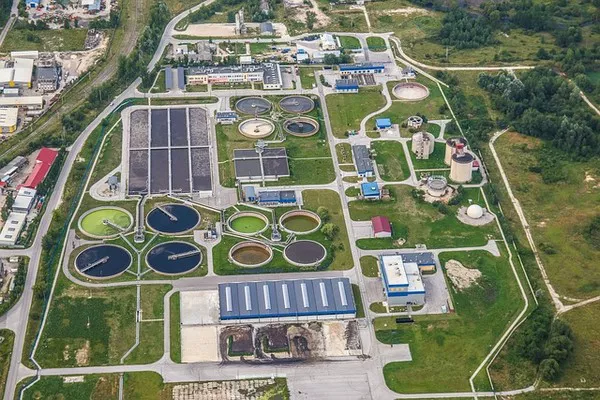Researchers at the Institute of Chemical Research of Catalonia (ICIQ) in Spain have developed groundbreaking micromotors designed to autonomously purify wastewater, potentially transforming it into a green energy source. These micromotors, equipped with a laccase-covered tube, facilitate the conversion of urea in polluted water into ammonia, as detailed in the published research in the journal Nanoscale.
The innovative micromotors, constructed with silicon and manganese dioxide, release bubbles through a chemical reaction, propelling the tube and enabling autonomous movement. Rebeca Ferrer, a Ph.D. student at ICIQ, emphasizes the significance of this discovery, addressing the challenges faced by contemporary water treatment plants in breaking down urea, leading to eutrophication, especially in urban areas.
The conversion of urea into ammonia not only tackles water pollution but also presents an opportunity for sustainable energy. Extracting ammonia from water could serve as a green energy source, with the potential for further conversion into hydrogen.
Despite these advancements, optimizing the micromotor design remains a priority for efficient water purification. The challenge lies in monitoring their movement and operational duration, hindered by bubbles obscuring visibility under a microscope. To address this issue, an AI method developed at the University of Gothenburg comes into play, allowing researchers to estimate micromotor movements simultaneously and refine their design.
While the journey toward urban water treatment plants becoming energy producers is ongoing, the researchers acknowledge the need for substantial development. The AI method, currently effective in laboratory conditions, requires modification for large-scale trials. Harshith Bachimanchi, a Ph.D. student at the Department of Physics, University of Gothenburg, emphasizes the ultimate goal of perfecting these micromotors for efficient wastewater purification and sustainable energy production.

